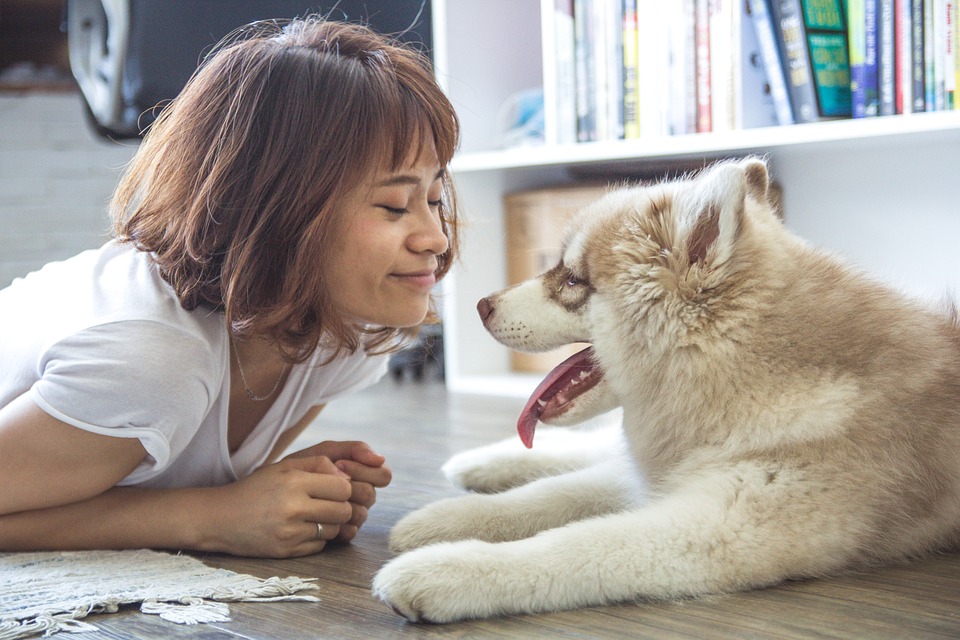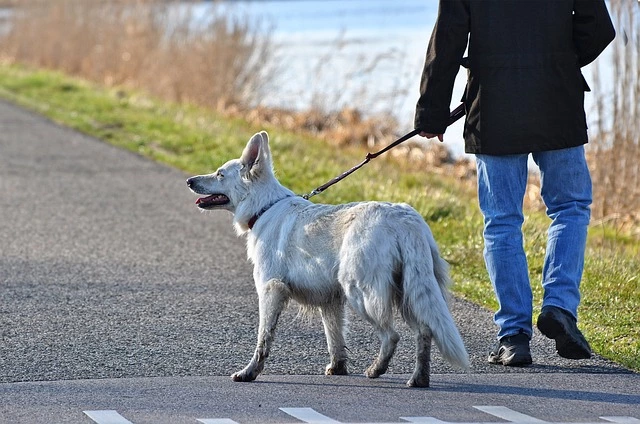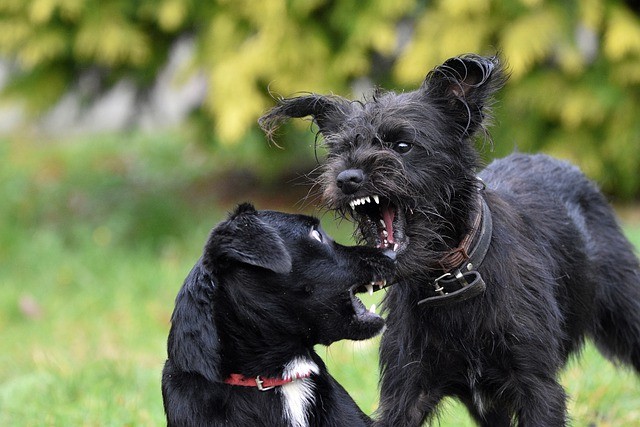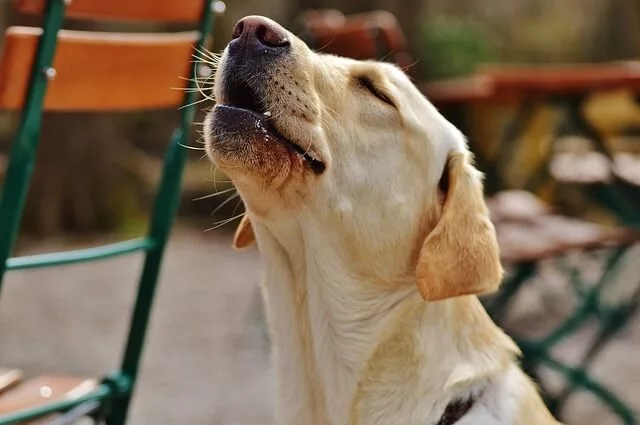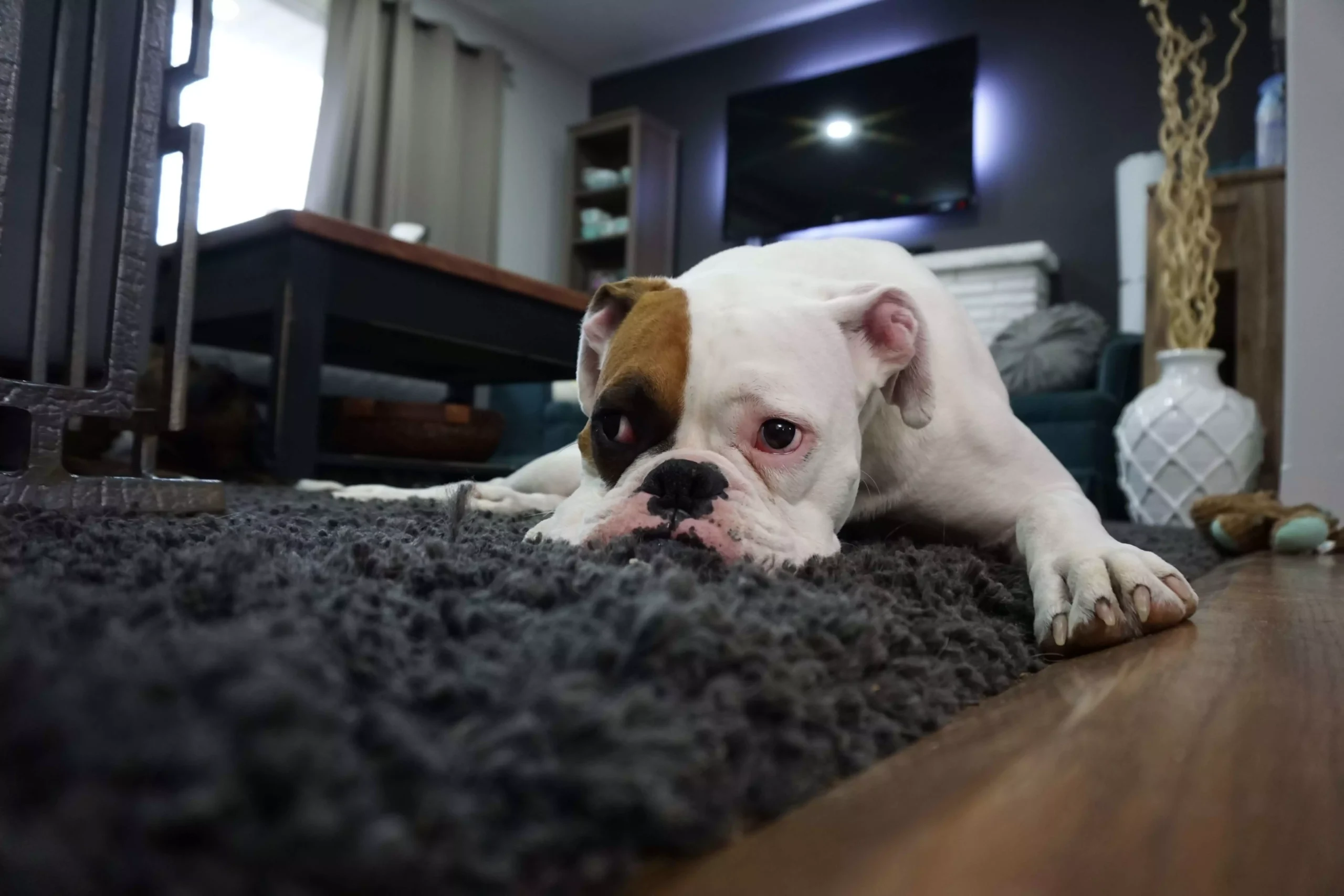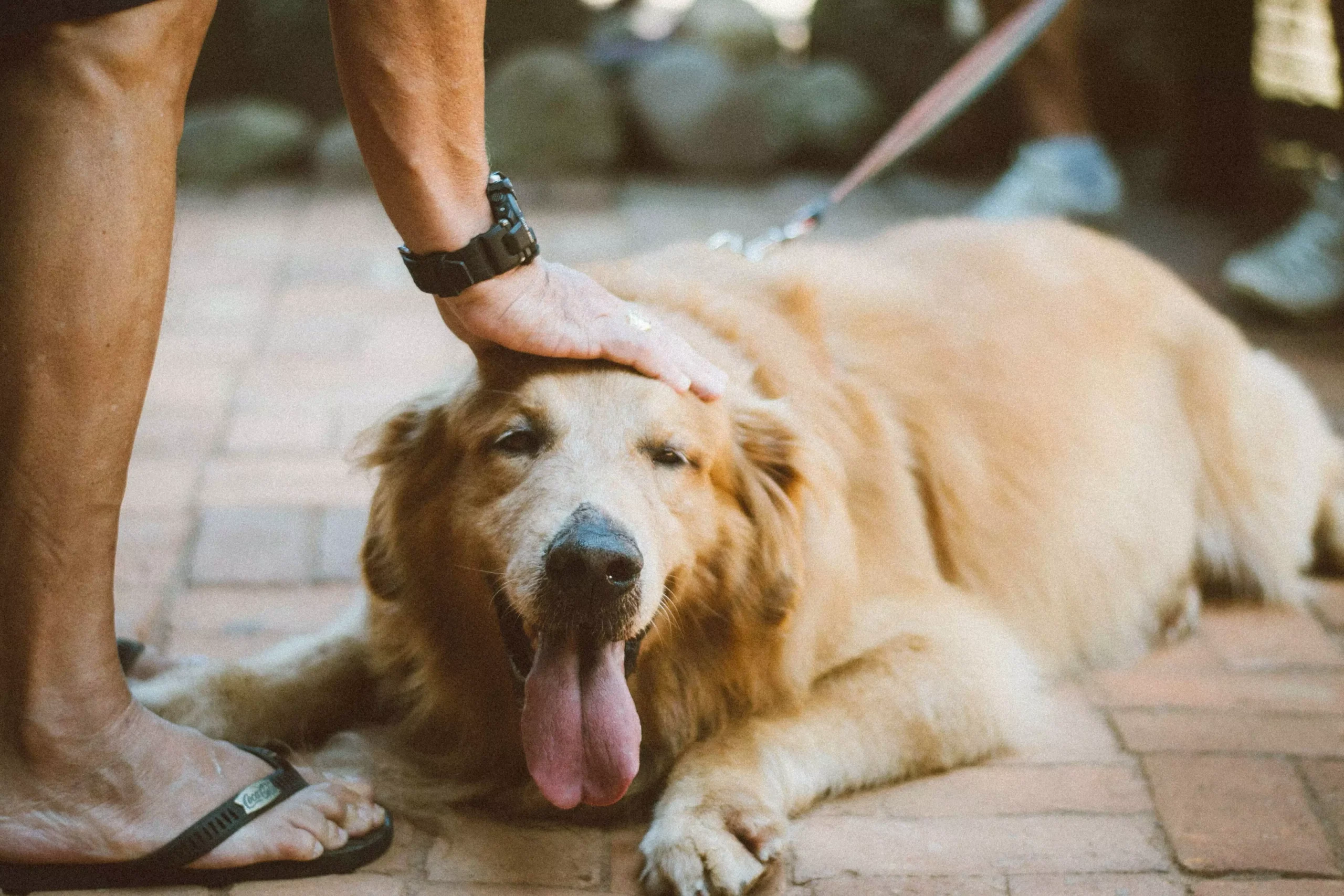As a dog owner, it’s important to prioritize your furry friend’s health and well-being, especially when it comes to their paws. Dogs with an active lifestyle, such as those who participate in regular exercise or engage in outdoor activities, are more prone to paw pad issues. These problems can cause discomfort and even lead to more serious complications if not addressed promptly. In this article, we will explore how to prevent and address common paw pad issues in active dogs, ensuring their paws stay healthy and happy.
Understanding Common Paw Pad Issues
Before diving into prevention and treatment, it’s essential to familiarize yourself with some of the most common paw pad issues active dogs may face. These include:
a) Cracked or Dry Paw Pads: Excessive exercise or exposure to harsh environmental conditions can lead to cracked or dry paw pads. This condition can cause pain, bleeding, and an increased risk of infection.
b) Pad Abrasions: Abrasions occur when the paw pads are scraped or rubbed against rough surfaces or during intense physical activity. This can result in soreness, inflammation, and potential bacterial contamination.
c) Burned Paw Pads: Walking on hot pavement, sand, or other scorching surfaces can cause burns on your dog’s paw pads. These burns can range from mild discomfort to severe blistering and pain.
d) Interdigital Cysts: These cysts form between a dog’s toes, often due to excessive moisture, bacterial infection, or foreign objects. Interdigital cysts can cause discomfort, limping, and may require veterinary attention.
Prevention is Key
The best way to address paw pad issues is by preventing them in the first place. Follow these preventive measures to keep your active dog’s paws in top condition:
a) Regular Paw Inspections: Routinely check your dog’s paw pads for any signs of damage, irritation, or foreign objects. This will allow you to catch and address issues early on.
b) Proper Grooming: Keep your dog’s paw hair trimmed and neat to prevent matting, which can trap moisture and lead to bacterial growth. Regularly grooming your dog’s paws will also help you notice any abnormalities.
c) Build Up Paw Pad Resilience: Gradually increase your dog’s exercise intensity to toughen their paw pads. This can be done by gradually exposing them to more challenging terrains or surfaces.
d) Protective Paw Wear: Consider using paw balms, boots, or wax to protect your dog’s paw pads during outdoor activities, especially in extreme weather conditions. These protective measures can minimize the risk of burns, abrasions, and cracks.
Addressing Paw Pad Issues
Despite your best preventive efforts, your active dog may still encounter paw pad issues. Here’s how you can address these problems effectively:
a) Clean and Disinfect: If your dog experiences a minor cut, scrape, or abrasion, gently clean the affected area with mild antiseptic solution and warm water. This will help prevent infections.
b) Moisturize and Soothe: For dry or cracked paw pads, apply a veterinarian-approved paw pad moisturizer or natural remedies like coconut oil. These products will help moisturize and soothe the pads, promoting healing.
c) Provide Rest: If your dog shows signs of discomfort or lameness, it’s crucial to provide them with adequate rest. Avoid intense physical activities until the paw pads are fully healed.
d) Consult a Veterinarian: If the issue persists, worsens, or if you notice any signs of infection, such as redness, discharge, or swelling, consult your veterinarian. They can provide a proper diagnosis and recommend specific treatments or medications.
FAQs: Frequently Asked Questions
Q1: Can I use human moisturizers on my dog’s paw pads?
A: No, human moisturizers may contain ingredients that are harmful to dogs. Always choose veterinarian-approved products specifically designed for dog paw care.
Q2: How can I prevent burns on my dog’s paw pads during hot weather?
A: Avoid walking your dog on scorching surfaces, such as pavement or sand, during the hottest parts of the day. Opt for early morning or late evening walks when the ground is cooler. Alternatively, use protective booties to shield their paws.
Q3: My dog licks their paw pads excessively. Is this a concern?
A: Excessive licking can be a sign of discomfort or irritation. It’s best to have your dog examined by a veterinarian to determine the underlying cause and provide appropriate treatment.
Q4: Are there any breed-specific paw pad issues to be aware of?
A: Some breeds are more prone to certain paw pad issues. For example, dogs with short coats or less hair on their paws may be more susceptible to burns or abrasions. Consult your veterinarian to understand any breed-specific concerns.
By following these preventive measures and promptly addressing any paw pad issues, you can ensure your active dog’s paws remain healthy and resilient. Remember, a little care and attention can go a long way in keeping your furry friend happy and on their paws!

